Top 10 Countries with Green Yellow Red Flags
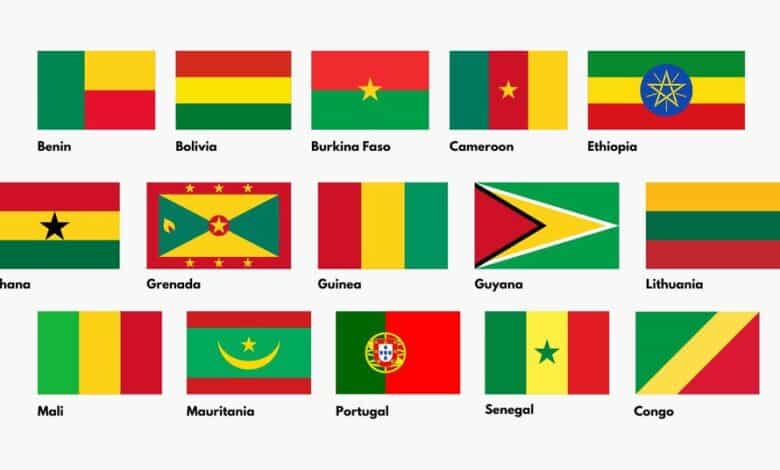
This article will analyze the ten nations with green, yellow, and warnings. Albeit many banners highlight these three tones, we’ll zero in on those in which the green shows up first, trailed by the white, and afterwards, the red. These tri-colour flags might be perused left-to-endlessly, right to the left and starting from the top or base up. Sometimes, a nation’s banner is only an essential blend of two tones. At times, the flag is a beautiful and multifaceted design that takes up the whole flag in mysterious and lovely ways. So first, we should plunge into the countries with what flag is green, yellow and red.
The Flag of Bolivia
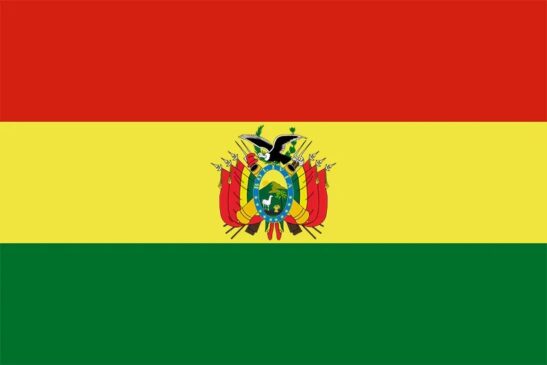
Flag of Bolivia, addressing the Plurinational Province of Bolivia. Generally speaking, it was first executed in 1851. The Wiphala banner has been perceived as a double banner starting around 2009. The Wiphala is perceived as a public image of Bolivia in the nation’s refreshed constitution, which was embraced in 2009.
The green connotes the country’s fruitful territory and huge regular assets, while the red addresses the blood lost by its residents during the battle for freedom. Finally, the yellow bar addresses Bolivia’s overflow of common assets. This rainbow of tones represents Bolivia’s rich social legacy, energetic present, and splendid future.
Ethiopia
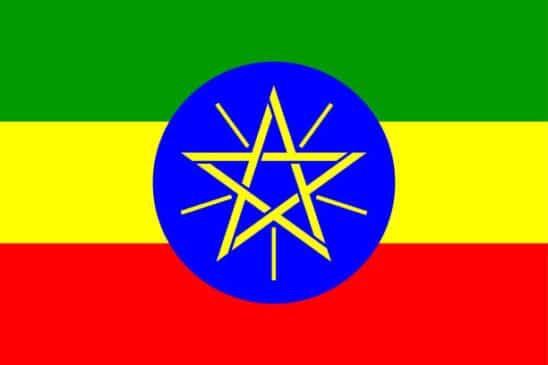
Ethiopia flies one of the world’s most seasoned banners. It is among the most notable in light of its particular appearance and eye-getting tints. On October 11 1897, Menelik II took on the contemporary tri-color of the green, yellow and red flag; on October 31 1996, the ongoing flag was taken on. The Ethiopian flag is an upward tri-color of green, yellow, and red, with the nation’s seal — a glowing pentagram on a blue circle — superimposed in the middle.
Lithuania
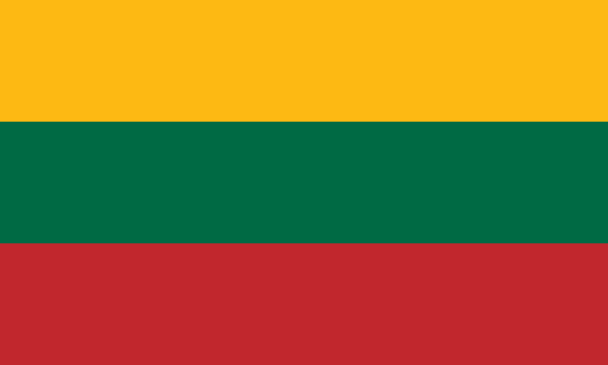
The Lithuanian flag is perhaps the most established flag on the planet. It is a tri-color flag with colors that address Lithuanian public images. Yellow addresses the sun, while green addresses nature and fruitfulness. The red addresses boldness and strength. These varieties meet up to address Lithuania’s rich history and culture. The flag is likewise an image of trust and opportunity, as it was utilized during the nation’s battle for freedom from Soviet rule. Today, the flag is flown proudly by Lithuanians everywhere, and it keeps on being a solid image of a Lithuanian personality.
Benin
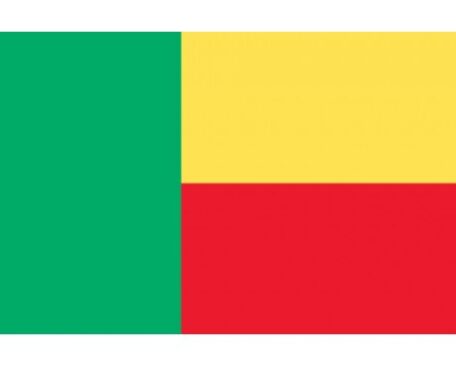
The color tones on the Benin banner have profound importance. The red addresses the blood of the individuals who sacrificed their lives for the nation, the green represents trust and restoration, and the yellow represents abundance and wealth. Together, the tones address the mental fortitude, strength, and assurance of individuals of Benin. The green, yellow and red flag is a wellspring of pride for individuals of Benin, and it is flown with poise and regard.
Burkina Faso
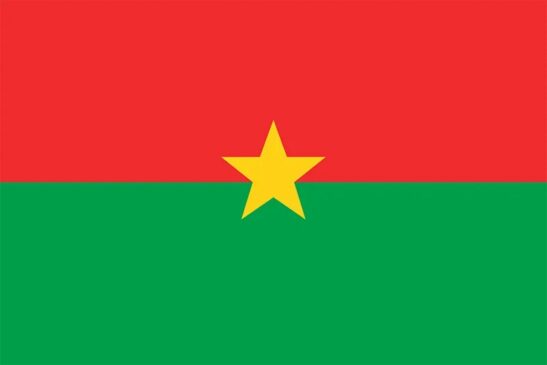
In Burkina Faso, red is the shade of boldness and penance. It is likewise the shade of the sun and represents strength, intensity, and energy. Green is the shade of trust, life, and re-establishment. It is likewise the shade of Islam and addresses harmony and serenity. Yellow is the shade of joy and euphoria. It is likewise the shade of gold, related to abundance and thriving. Burkina Faso’s banner is red, green, and yellow because these varieties address the nation’s qualities and history. The red handles the blood shed for Burkina Faso’s freedom, the green addresses expect the future, and the yellow addresses the country’s bountiful assets.
Ghana
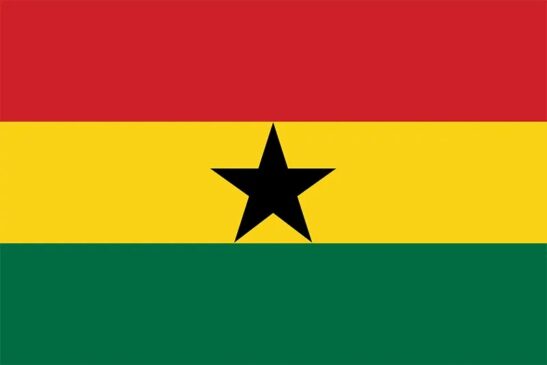
The flag of Ghana is comprised of three flat stripes red, green, and yellow. The red addresses the bloodshed during Ghana’s battle for freedom, while the green represents the nation’s riches and regular assets. Yellow means the nation’s minerals, explicitly gold. Together, these tones address Ghana’s experiences, kin, and bright future.
Bolivia
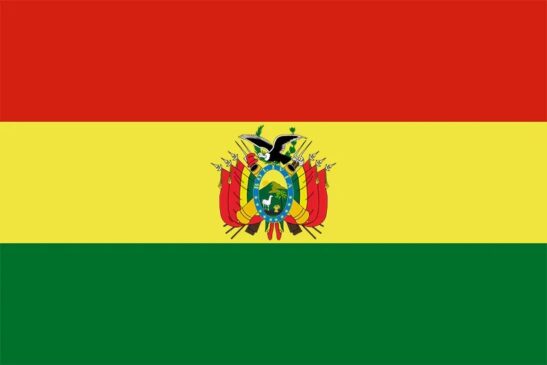
The flag of Bolivia comprises three-level stripes, with red being the highest variety, green in the center, and yellow at the base. The red stripe addresses the nation’s slaughter during its battle for freedom, while the green represents its rich land and bountiful regular assets. The yellow stripe represents Bolivia’s mineral riches. Together, these varieties address Bolivia’s past, present, and future. A country with a green, yellow, and red flag.
Mauritania
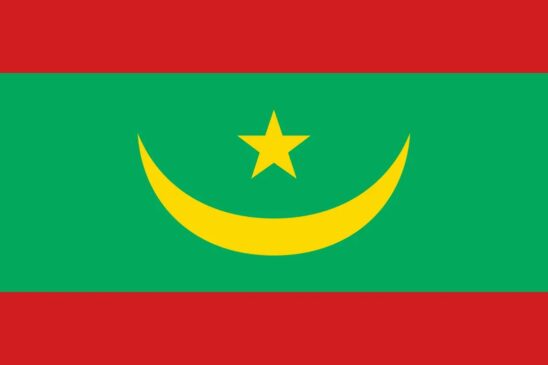
The west African mainland nation is Mauritania. With the impact of topography, this banner additionally utilizes comparative tones. However, its plan is unique. There are two even red stripes at the top and base. These stripes depict how significant boundaries are to the country. The yellow sickle and star in the center likewise address Islam. These two images are many times utilized on the banners of Muslim nations.
Republic of the Congo
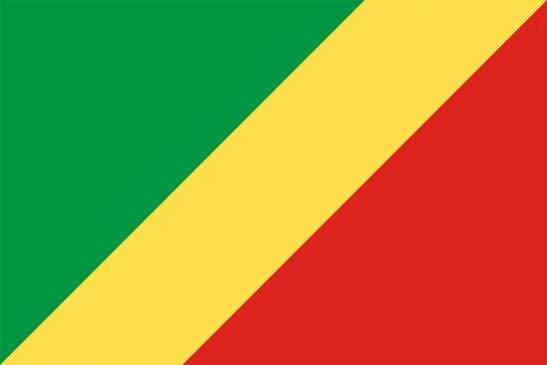
The flag of the Republic of the Congo is green, yellow and red. The red doubtlessly addresses the gore for the nation’s freedom, the green addresses the woods and farming of the nation, and the yellow addresses the kinship and honorability of the Congolese public. The banner was embraced on September 15, 1959, when the Republic of the Congo became autonomous from France.
Cameroon
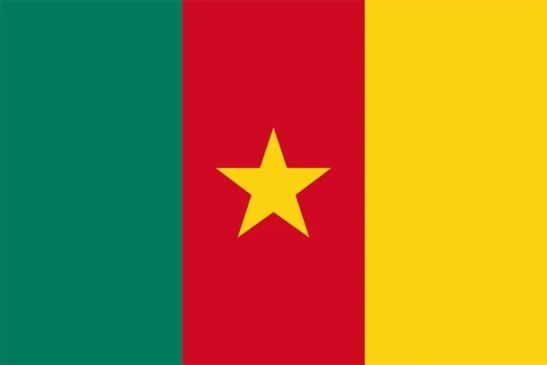
The color tones on the Cameroon flag have a particular significance. The red technique addresses the country’s solidarity and the slaughter during the battle for autonomy. The green represents the country’s lavish vegetation and standard assets, while the yellow addresses the daylight and thriving. Together, these varieties address a country that is confident and has potential. Cameroon has a rich history and culture, and its banner is an image of the two its past and future.




